Basics of HTML Tags | ASW Hack Club
Intro:
When your browser is trying to load a web page, it will read all of the tags and the content in them to know what to display, and then apply the CSS (cascading style sheet) after rendering the base structure of the page in HTML (hypertext markup language).
Here we will cover some sources that might be able to help you get an understanding of what some of these tags do and how to use them with their optional (sometimes optional, might be required!) inputs to change how they will render.
You will see the word "render" a lot here. Rendering is the process of taking in input data (in this case HTML and CSS) and creating a resulting image from it. Your browser grabs the code off the server and renders it to show you the web page that you requested.
PDF Resource:
For now, here is a link to a pdf of some tables in HTML so that you can look at them. Link.
This PDF is good really if you are going offline like you are going on a plane, I would hope that this table below is better for you if you're online.
Table of Tags:
Here is a simple html table of the tags. This is straight from the PDF, but just editted into html on this web page.
All of the code example images are clickable to take you to a txt file where you are able to copy the code. All names are clickable to a page with the tag for you to look at.
| Tag Name | Code Example | Rendered Preview |
|---|---|---|
|
 |
 |
|
 |
 |
|
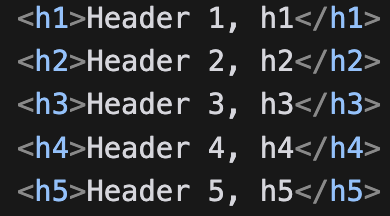 |
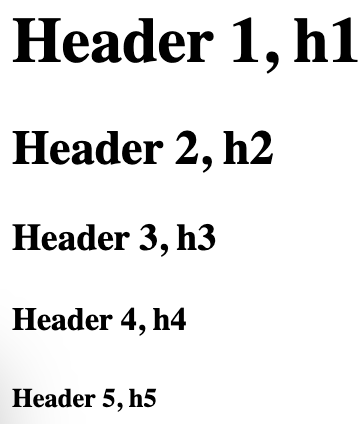 |
|
 |
 |
|
 |
 |
|
 |
 |
|
 |
 |
|
 |
 |
|
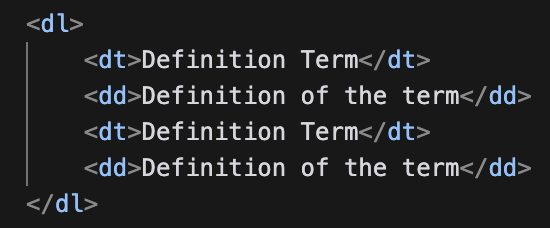 |
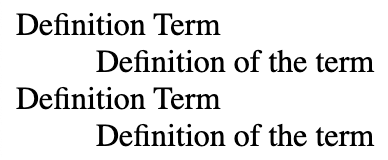 |
|
 |
 |
|
 |
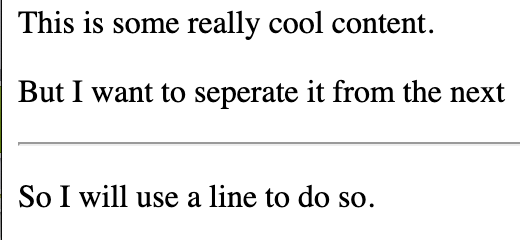 |
|
 |
 |
|
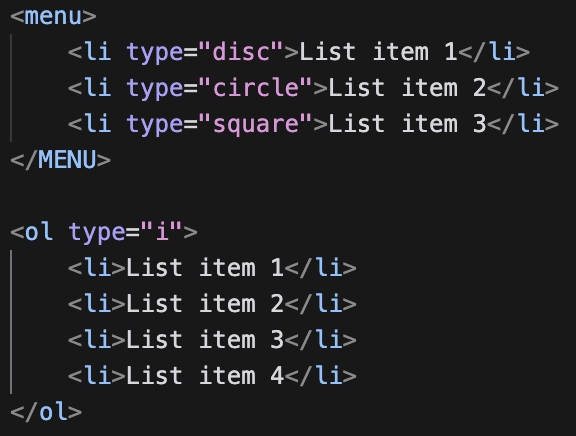 |
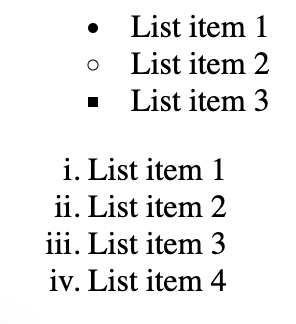 |
|
 |
 |